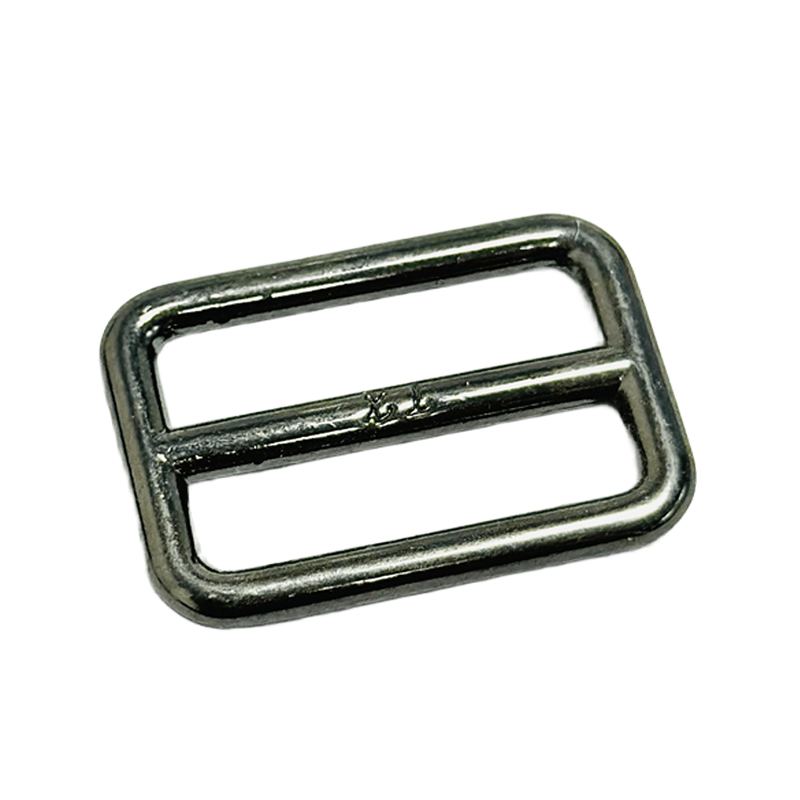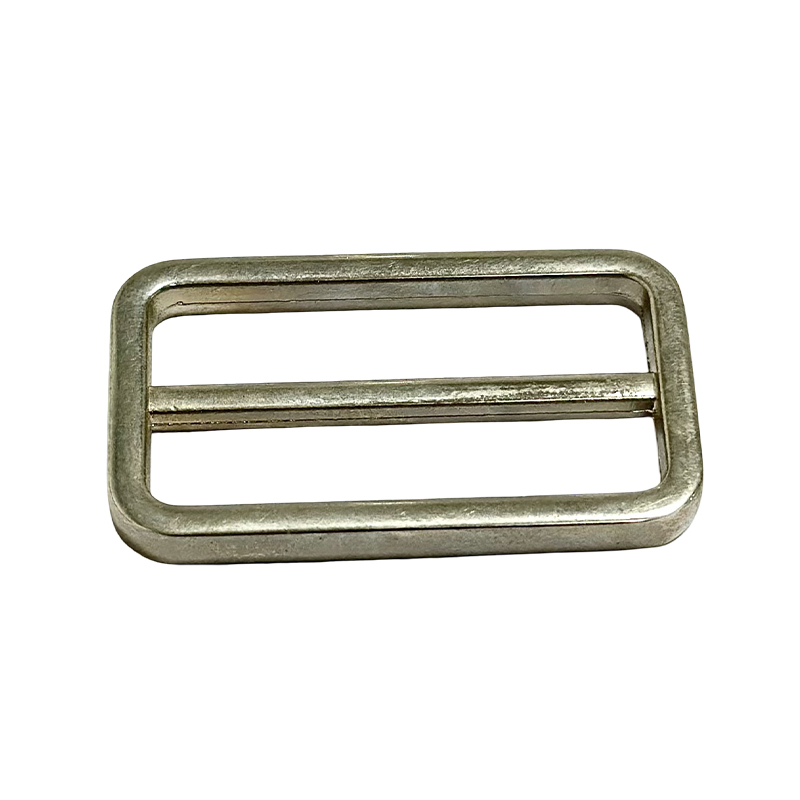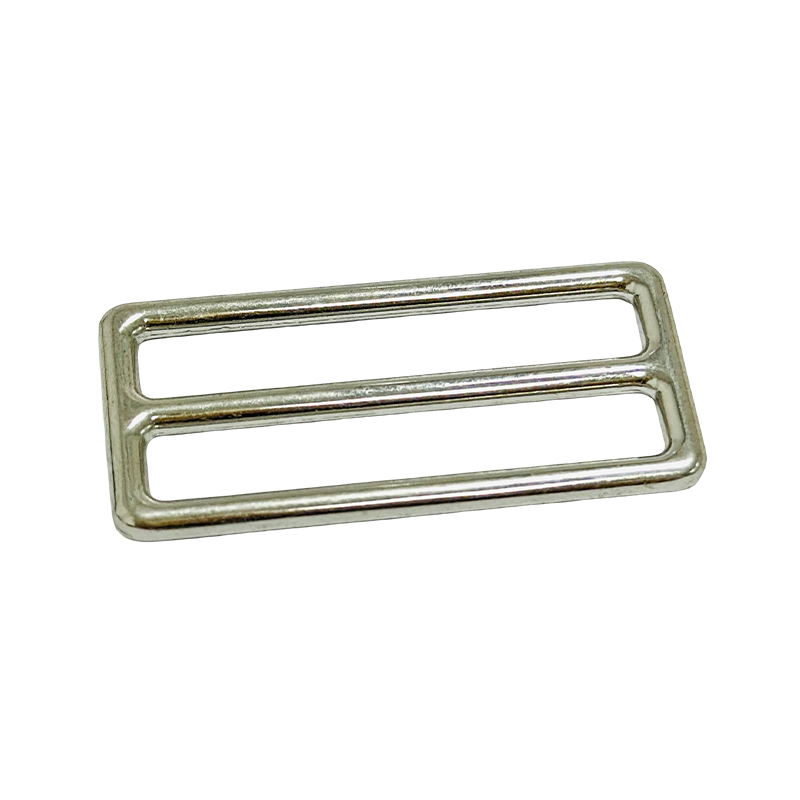How does the surface treatment process of alloy dog buckle affect gloss?
Release Time : 2025-11-25
The surface treatment process of alloy dog buckles directly affects their gloss, influencing not only visual aesthetics but also product durability and market competitiveness. Common surface treatment processes include electroplating, sandblasting, wire drawing, polishing, and anodizing. Each process alters the metal surface structure through different physical or chemical means, thereby controlling the intensity and texture of the gloss.
Electroplating is one of the core processes for enhancing the gloss of alloy dog buckles. By depositing a metal or alloy plating layer, such as nickel, chromium, or rhodium, on the substrate surface, reflectivity can be significantly enhanced, giving the surface a mirror-like luster. For example, chromium plating gives the dog buckle a high-brightness silver appearance, while rhodium plating achieves a softer white gloss. However, the thickness and uniformity of the electroplating layer must be strictly controlled: if the plating layer is too thin, uneven gloss may occur due to micropores in the substrate; if it is too thick, stress concentration may cause cracking, thus reducing the durability of the gloss. Furthermore, the environmental friendliness of electroplating processes is receiving increasing attention. Cyanide-free electroplating and other environmentally friendly technologies are gradually replacing traditional processes to reduce pollution.
Sandblasting and brushing processes control gloss by altering surface roughness. Sandblasting uses high-pressure airflow to propel abrasive particles onto the metal surface, creating a uniform matte texture. This treatment reduces reflectivity, giving the dog tag a subtle and understated visual effect, while also increasing surface friction and improving safety. Brushing, on the other hand, uses mechanical friction to create fine parallel lines on the metal surface, producing a silk-like sheen. This sheen retains the texture of the metal while avoiding the glare of a mirror finish, and is often used in high-end pet leashes or bag accessories to highlight product quality.
Polishing is a direct means of enhancing gloss. It removes tiny bumps and imperfections from the metal surface through mechanical or chemical methods, achieving a mirror-like finish. For alloy dog buckles, polishing not only enhances gloss but also improves corrosion resistance, as a smooth surface reduces the adhesion of corrosive media. However, over-polishing can lead to an excessively thin surface, reducing mechanical strength; therefore, a balance must be struck between gloss and durability. For example, some high-end dog buckles employ multiple polishing processes: rough polishing to remove machining marks, fine polishing to enhance gloss, and finally ultrasonic cleaning to ensure surface cleanliness.
Anodizing is primarily used for aluminum alloy dog buckles, forming a dense oxide film on the surface through electrolysis. This film not only improves corrosion resistance but also allows for multi-colored appearances through dyeing processes. The thickness and porosity of the oxide film directly affect gloss: a thinner oxide film produces a matte finish, while a thicker film can achieve a semi-gloss or high-gloss surface through sealing treatment. Furthermore, the oxide film is much harder than the substrate, effectively resisting scratches and maintaining long-term gloss stability.
Combining different surface treatment processes can further enrich the gloss performance of alloy dog buckles. For example, the process of sandblasting followed by electroplating can achieve a contrast between a matte base and localized highlights, enhancing the design's depth; while the combination of brushing and anodizing creates a unique metallic texture, satisfying personalized needs. These innovative processes not only enhance the aesthetic value of the products but also expand their application scenarios, from everyday pet supplies to high-end outdoor gear; the gloss of alloy dog buckles has become an important indicator of quality.
The surface treatment processes of alloy dog buckles have a profound impact on gloss by controlling reflectivity, roughness, and film structure. From the high-gloss mirror finish of electroplating to the matte texture of sandblasting, from the silky sheen of brushing to the multi-colored effects of anodizing, each process gives the product a unique glossy language. As consumers pursue quality and personalization, innovation in surface treatment processes will continue to drive alloy dog buckles towards higher value-added areas.







